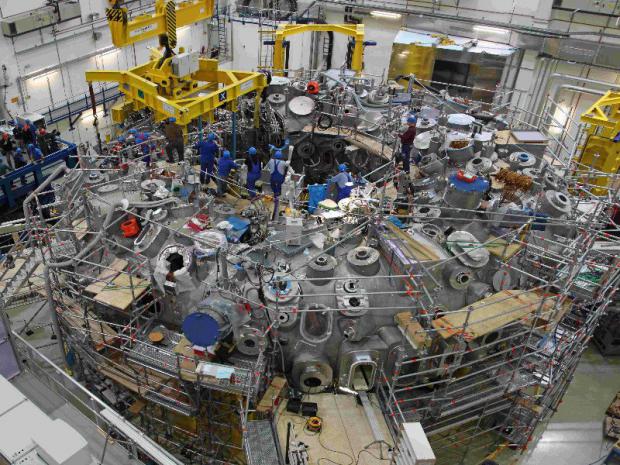
Breaking News
Living a Creative Life Maximizes Your Life
SEMI-NEWS/SEMI-SATIRE: November 9, 2025 Edition
 Trump pardons Mets legend, 'Celebrity Apprentice' alum Darryl Strawberry over tax evasion co
Trump pardons Mets legend, 'Celebrity Apprentice' alum Darryl Strawberry over tax evasion co
 You WON'T BELIEVE How Much Money We're REALLY Sending To Israel!
You WON'T BELIEVE How Much Money We're REALLY Sending To Israel!
Top Tech News
 HUGE 32kWh LiFePO4 DIY Battery w/ 628Ah Cells! 90 Minute Build
HUGE 32kWh LiFePO4 DIY Battery w/ 628Ah Cells! 90 Minute Build
 What Has Bitcoin Become 17 Years After Satoshi Nakamoto Published The Whitepaper?
What Has Bitcoin Become 17 Years After Satoshi Nakamoto Published The Whitepaper?
 Japan just injected artificial blood into a human. No blood type needed. No refrigeration.
Japan just injected artificial blood into a human. No blood type needed. No refrigeration.
 The 6 Best LLM Tools To Run Models Locally
The 6 Best LLM Tools To Run Models Locally
 Testing My First Sodium-Ion Solar Battery
Testing My First Sodium-Ion Solar Battery
 A man once paralyzed from the waist down now stands on his own, not with machines or wires,...
A man once paralyzed from the waist down now stands on his own, not with machines or wires,...
 Review: Thumb-sized thermal camera turns your phone into a smart tool
Review: Thumb-sized thermal camera turns your phone into a smart tool
 Army To Bring Nuclear Microreactors To Its Bases By 2028
Army To Bring Nuclear Microreactors To Its Bases By 2028
 Nissan Says It's On Track For Solid-State Batteries That Double EV Range By 2028
Nissan Says It's On Track For Solid-State Batteries That Double EV Range By 2028
Proposals for new stellerator fusion designs and projects in the 2020s

Advances in stellarator physics and engineering in the years since the large stellarators LHD and W7-X were designed have the potential to make quantum improvements in the design of stellarators. The current aim of the U.S. stellarator program is to continue to advance the science and technology of stellarators through theory and experimental research on domestic experiments and, in a major collaboration with Max Planck Institute for Plasma Physics, on Wendelstein 7-X. The envisioned next step is a new initiative to develop improved stellarator concepts, taking advantage of recent progress in stellarator physics and engineering, on a scope and time scale to impact the direction of fusion development in the ITER era and decisions on next steps beyond ITER. The initiative would begin with a theory and concept optimization activity focused on developing and evaluating new designs that can become the basis for new experimental facilities. New experiments, which would be essential for convincing assessment of the potential of new concepts would be built and would begin to come on-line in the 2020s.

 Carbon based computers that run on iron
Carbon based computers that run on iron

